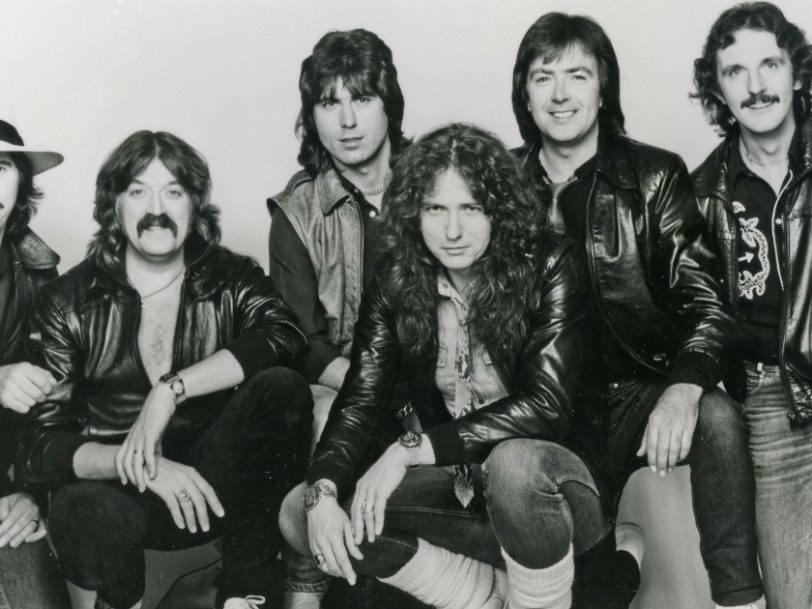Bands largely issue a self-titled album because it’s their debut – and therefore their mission statement – or else they are keen to affirm the validity of a new line-up or creative approach with a career-defining record. In Whitesnake’s case, the latter rings true, for the group’s multi-platinum self-titled album, released in the spring of 1987, remains David Coverdale and co’s biggest seller, and is certainly their flagship release.
Listen to Whitesnake’s self-titled album here.
“I wanted Whitesnake to be leaner, meaner and more electrifying”
The stats surrounding Whitesnake’s self-titled album are the stuff of rock’n’roll dreams. First issued in the UK and Europe on 31 March 1987 (and following in the US on 7 April), the record moved over eight million copies in North America alone, and while Michael Jackson’s Bad denied it the No.1 spot on the Billboard 200, Whitesnake spent more weeks in the chart’s Top 5 than any other release that year.
Yet while the album’s colossal success skyrocketed Whitesnake to global stardom, the result could easily have gone the other way. Even for a band with their long-running history, the drama shifted up several gears when it came to making Whitesnake’s self-titled seventh album: a process which began as early as 1985, after the group completed the tour in support of their previous release, Slide It In.
That record was put to bed with a high-profile show at Brazil’s Rock In Rio Festival, in January 1985, after which drummer Cozy Powell quit, and Coverdale (not for the last time) briefly considered splitting the band. However, he relented after Whitesnake’s new US label, Geffen, believed he had a great future writing songs with guitarist John Sykes.
Coverdale, though, was aware his band needed an upgrade if they wanted to compete with the new breed of US hard rock outfits, such as Bon Jovi and Guns N’ Roses, who were then entering the mainstream.
“I didn’t want to stay in the traditional blues and pop scenario”
“I wanted Whitesnake to be leaner, meaner and more electrifying,” the singer told Metal Hammer in 2009. “I felt that we’d done extraordinarily well. We’d made six albums in just a few years. We did fabulously on those albums, but I really felt that we were flogging a dead snake.
“For me personally, I felt it was time for a change. I didn’t want to stay in the same old traditional blues and pop scenario… I wanted to pursue another direction… The reason I invited John Sykes into the band was to actually afford that transition, or someone of that style, and it happened to be Sykes.”
Initially, there was plenty of bonhomie. Songwriting sessions in rural France led to Coverdale, Sykes and bassist Neil Murray working up a stack of highly promising new material, including future classics Still Of The Night and a newly-adapted version of Is This Love, which Coverdale had originally penned with Tina Turner in mind. Former David Bowie and Frank Zappa drummer Aynsley Dunbar was then recruited to complete the line-up and, after extensive rehearsals, the band decamped to Little Mountain Sound Studios, in Vancouver, for the Whitesnake album’s recording sessions.
Once in Canada, though, things began to unravel. Even though he previously believed he was in “kick arse shape” vocally, Coverdale discovered his voice was in real trouble when he tried recording his contribution to Is This Love.
“At the end of it, I was dripping with sweat”
“I sang the song from beginning to end, out of tune, and I couldn’t tell,” he told Classic Rock in 2017. “At the end of it, I was dripping with sweat, and it’s not an exhausting song to perform.”




